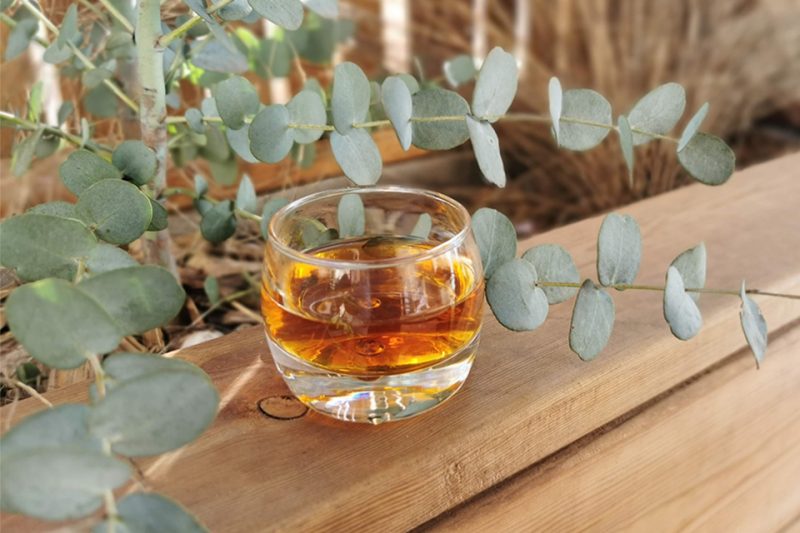

In the case of other teas, infused, the leaf as such is not ingested. This means that the entire concentration of theine in the leaf is absorbed. For matcha tea, the tea leaf has been ground into a powder, before being fully absorbed. Except that for a classic green tea, the tea leaves are infused in water, which dilutes the concentration of theine. It is the same shrub (the tea plant), and the same tea leaves, whether you choose classic green tea or matcha tea. This is due to the different way of consuming the tea. Why is theine more concentrated in matcha tea? Present in tea leaves and matcha tea powder, theine (or caffeine, as it is the same molecule) is released when they are immersed in hot water. Because of its manufacturing process, black tea (the most oxidised) is the richest in theine (notably because it releases it more quickly), ahead of green tea, then white tea, which is reputed to be the "lightest".


It acts as a natural insecticide in plants such as tea, cocoa and coffee, but its effects on humans are fortunately different: it reduces drowsiness for a time and increases concentration. Yes, theine (tea caffeine) is present in matcha tea, as it is in all other teas grown on the planet. As more and more people try to cut down on their coffee consumption, is it a good idea to replace it with matcha tea? Does this green tea powder, so traditional in Japan and increasingly popular in the West, provide as much energy to the body? What are its health benefits? What is its theine content, also known as tea caffeine? Here are some answers.


 0 kommentar(er)
0 kommentar(er)
